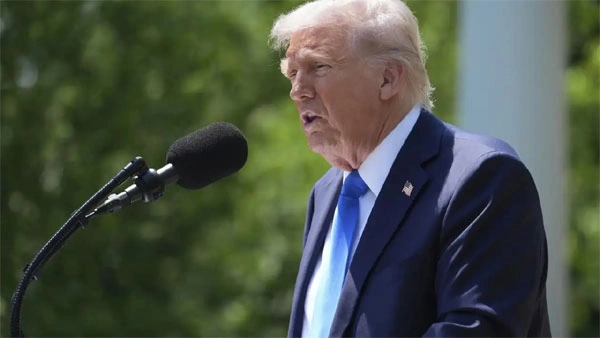On the evening of May 4, 2025, President of the U.S. Donald Trump stated on his social media account Truth Social that he had authorized the Department of Commerce and the U.S. Trade Representative to commence the process of imposing a 100% tariff on “any and all Movies coming into our Country that are produced in Foreign Lands.” Trump stated that the U.S. film industry is “DYING a very fast death,” and claimed that other countries have used different incentives to entice filmmakers and studios away from the U.S. He referred to this as “a concerted effort by other Nations,” and a “National Security threat,” also stating that it constitutes “messaging and propaganda.” He concluded with, “WE WANT MOVIES MADE IN AMERICA, AGAIN!”
Trump’s announcement has garnered significant attention and discussion. The Motion Picture Association (MPA) has not yet provided any statement. Per MPA data, in 2023 U.S. produced films enjoyed $22.6 billion in export revenues, and had a $15.3 billion trade surplus.
In recent years, foreign countries have rolled out incentive programs to promote film production – with tax breaks being one of the programs. The incentives have led to a significant movement of film production activities from California, to other States and countries – with filmmakers taking advantage of tax incentives and incentives in countries like Canada and the U.K.
Also check:- UN Security Council Holds Emergency Talks on India-Pakistan Crisis Post-Pahalgam Attack
California Governor Gavin Newsom wants to restore production in Hollywood, offering massive tax credits to do so. He describes the foreign incentive programs collectively as having devastated Hollywood, and “many areas in U.S.A.,” posing a significant national security risk.
Films are considered an intellectual property, not a physical product, and generally are considered a service not subject to tariffs. However, The U.S. Trade Representative’s Office noted that certain non-tariff trade barriers, such as regulations and tax incentives, might be used to exacerbate unfair disadvantages to domestic filmmaking. In regard to what a tariff on “foreign films” looks like, it is also unclear. For example, would tariff only apply to foreign films or be split for productions that are (“U.S.” films) partially filmed in a foreign location? Additionally, many Hollywood studio films consist of a variety of international production, for instance, shooting in foreign locations or the post-production work done anywhere in the world. It is also unclear how one defines “foreign-produced films,” how to identify whether the tariffs apply.
The proposed 100% tariff import on foreign-produced films reflects Trump’s continuing trade war tactics. However, with the globalized film industry, the complexities created by the many international rules of trade, it is unclear how this would work in practice. Its actual impact on the U.S. film industry and global trade remains to be seen.


